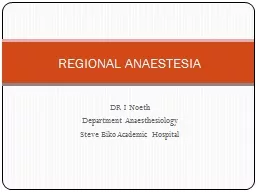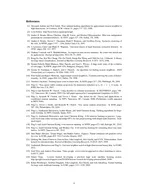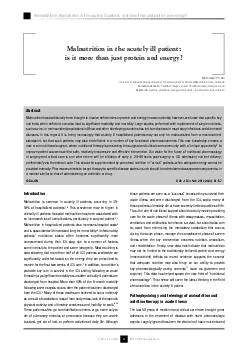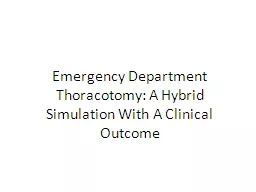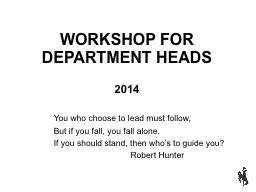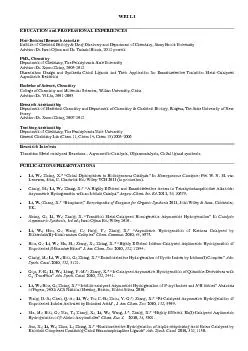PPT-DR I Noeth Department Anaesthesiology
Author : alexa-scheidler | Published Date : 2018-12-12
Steve Biko Academic Hospital REGIONAL ANAESTESIA KEYPOINTS Spinal epidural and caudal blocks are known as the neuraxial blocks Principal site of action of neuraxial
Presentation Embed Code
Download Presentation
Download Presentation The PPT/PDF document "DR I Noeth Department Anaesthesiology" is the property of its rightful owner. Permission is granted to download and print the materials on this website for personal, non-commercial use only, and to display it on your personal computer provided you do not modify the materials and that you retain all copyright notices contained in the materials. By downloading content from our website, you accept the terms of this agreement.
DR I Noeth Department Anaesthesiology: Transcript
Download Rules Of Document
"DR I Noeth Department Anaesthesiology"The content belongs to its owner. You may download and print it for personal use, without modification, and keep all copyright notices. By downloading, you agree to these terms.
Related Documents

